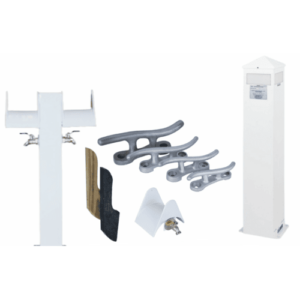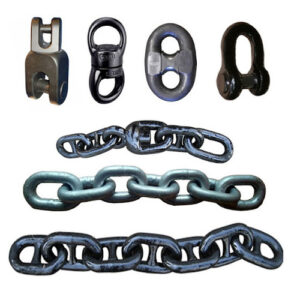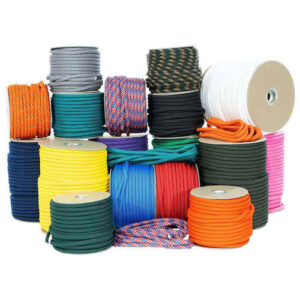Key Features of Fenders
1. Design and Structure of Fenders
Marine fenders are designed with energy-absorbing profiles that minimize contact damage during docking or vessel-to-vessel interaction. They are available in various shapes—cylindrical, cone, arch, or pneumatic—based on application, ensuring optimal impact resistance and surface coverage.
2. Fenders Material
Made from high-density rubber, EVA foam, or reinforced marine-grade polymers, these units are engineered to handle repeated compression without deforming. The materials are UV-stabilized and weather-resistant, making them ideal for long-term use in harsh marine environments.
3. Lifting Capacity
While not used for lifting, these systems are rated based on their energy absorption and reaction force capabilities. Heavy-duty models are capable of absorbing thousands of kilonewtons, protecting even the largest vessels during mooring or berthing.
4. Installation and Integration of Fenders
Fenders can be installed using chains, brackets, or flange-mount systems, depending on their type and application. They integrate seamlessly into port facilities, vessel hulls, or tugboats, and many are designed for fast deployment and retrieval.
5. Safety and Control
These units significantly reduce the risk of hull damage and equipment failure during close-contact operations. Their anti-slip surfaces, visibility markers, and shock-dampening properties enhance safety during maneuvering in ports or open waters.
6. Durability and Maintenance of Fenders
Designed for high endurance, marine fenders resist cuts, abrasions, and chemical exposure. Maintenance is minimal—typically involving routine visual inspection and occasional cleaning—making them a cost-effective protection solution over time.
7. Versatility
Used across many sectors, these products serve ports, container terminals, naval bases, tug operations, and leisure boating. Options range from small dock bumpers to large pneumatic systems, suitable for both static and dynamic mooring conditions.
8. Compliance and Standards
All models are manufactured by following the guidelines of ISO 17357 and PIANC guidelines.






